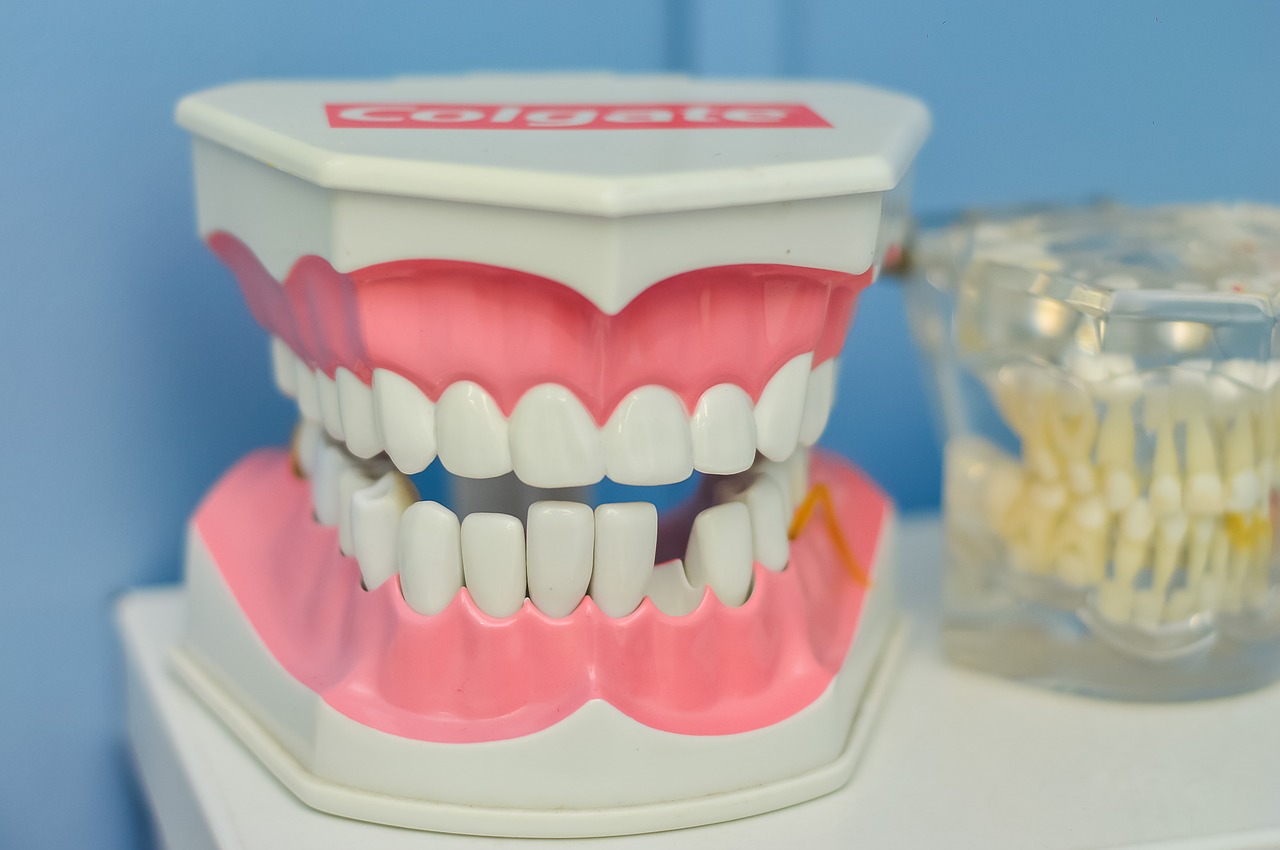In a significant scientific development, which can benefit patients of periodontal disease, researchers have developed a membrane that helps regenerate periodontal tissue following implantation into the gums of rats, reported ACS Nano scientific journal.
The medical and dental research is important because almost half of all Americans develop periodontal disease at some point as per the U.S. Centers for Disease Control and Prevention. The medical condition causes inflamed gums and bone loss around teeth. Periodontal disease cans also lead to tender gums, toothache, bad breath, and in severe cases, tooth loss.
Where Does Periodontal Tissue Regeneration Stand?
So far scientists have tried to regrow lost gum tissue and bone by implanting pieces of polymers, which act as a protected niche near a tooth’s root, and “recruit” nearby stem cells and help them differentiate into new bone and gum cells.
But a second surgery is often needed to remove the polymeric membrane, which can intrude in the healing process. Though researchers have created biodegradable membranes, they usually don’t work as well for re-growing periodontal tissue.
Therefore, Paul Weiss, Alireza Moshaverinia, and their research colleagues aimed to develop a membrane, which would improve periodontal tissue regeneration and be absorbed by the body following the healing process.
What’s The Latest Development In Periodontal Tissue Regeneration?
The latest scientific advance is the development of nanofibrous membranes of poly(ε-caprolactone)—a biocompatible polymer—which is approved for medical applications. Scientists coated the newly-created membrane with polydopamine (PDA): a synthetic polymer that mimics the sticky protein used by mussels to attach to wet surfaces.
During lab work, researchers found that the dental-derived stem cells stuck to the membrane and also differentiated. Moreover, the PDA coating attracted phosphate and calcium ions, and enabled early bone mineralization, reported Science Daily.
When the scientists implanted the membranes into the gums of rats, which had periodontal defects, within weeks the bone at the defect sites regenerated to normal levels. Moreover, the membranes also degraded and got absorbed by the rats.
Following the breakthrough, researchers plan to add other components to the membrane. The components will prevent infection and promote healing.

